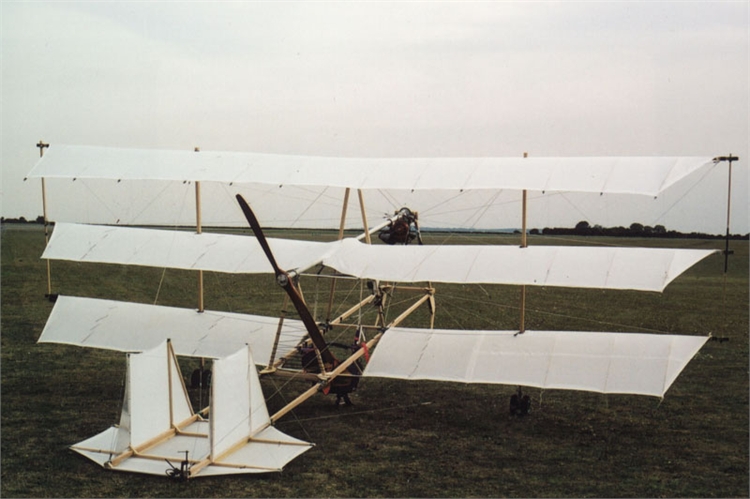Due to the nature of the superlative scenery and possibilities for outdoor pursuits in Lochaber, its main town, Fort William, is a major tourist hub: but despite this, it is not somewhere people stop for long. It is somewhere hillwalkers pass through on their way to more interesting places, stopping only to buy chips from the takeaway and refill the car with petrol. This is probably because the town itself is industrial, a no-nonsense commercial hub of Lochaber that houses workers for the aluminium factory situated at the base of Ben Nevis. If you end up in Fort William during the day, it is probably because the weather is too bad for the hills; and as many visitors' memories of the town are of trudging up and down the High Street in the rain, passing time by peering disinterestedly into gear shops, it has gained an even poorer reputation amongst the outdoor fraternity than it deserves.
Drab Fort William (photo courtesy George Quinn):
Yet there are interesting, untrumpeted sights in Fort William!
In all the years I've passed through the town, it was only recently I've been to Inverlochy Castle. This ruin is wedged tight against an iron railway bridge, and exists as a neglected curio rather than a tourist attraction in its own right, despite its history. Battles were fought here in 1431 and 1645, the latter the sharp end of one of the most astonishing forced marches in Scottish history, when the Duke of Montrose brought his small force of royalist Highlanders overnight through a blizzard across the hills to the Fort, and soundly defeated the surprised Campbell defenders, the Duke of Argyll escaping in a galley.
Inverlochy Castle:

Having thus visited the 'old castle' at Inverlochy (the new one is a posh Victorian hotel) I thought that was it, but no - I was excited to discover the fort that gives its name to Fort William still exists! I had always been under the impression that it had been demolished to make way for the West Highland Railway.
The remains of the fort are fragmentary, but they are still there: cut off from the town by the coastal dual carriageway. Built by Cromwell's forces to control this strategic point in Lochaber, it was reinforced and renamed after William of Orange in the 1690s. Of all the forts in the Highlands, this must have seemed to the defenders to be deepest in hostile territory, surrounded by glowering mountains. The men of Lochaber were the staunchest supporters of the exiled Stuarts, and the area was first to rise and last to disperse during the '45. Fort William however, could be supplied and reinforced by sea, and it was this that enabled the defenders to see off its final seige by Cameron of Locheil in 1746.
Fragmentary rampart of the original Fort William:
The history of this area is fascinating, and an appreciation of this is the key to enjoying mooching around the Fort in the rain. A visit to the West Highland Museum makes it all hang together: the crofting and clan lifestyles, the support for the Stuarts, artefacts of agriculture and warfare, fascinating mementos of the Jacobites like a secret royal painting that can only be seen by holding a specially shaped mirror up to it. The owner of this painting would be committing a rebellious act by displaying it, and its scrambled image was a way of protecting them during the Hanoverian crackdown on suspected Jacobites.
Secret Jacobite painting, © West Highland Museum:

Fort William makes so much of its outdoor attractions, that its historical ones are afterthoughts: but next time you are stuck in Fort William in the rain, ignore the gear shop displays and seek out Inverlochy Castle, the old Fort, and the
West Highland Museum.
.jpg)
.jpg)
.jpg)
.jpg)

.jpg)
.jpg)




























